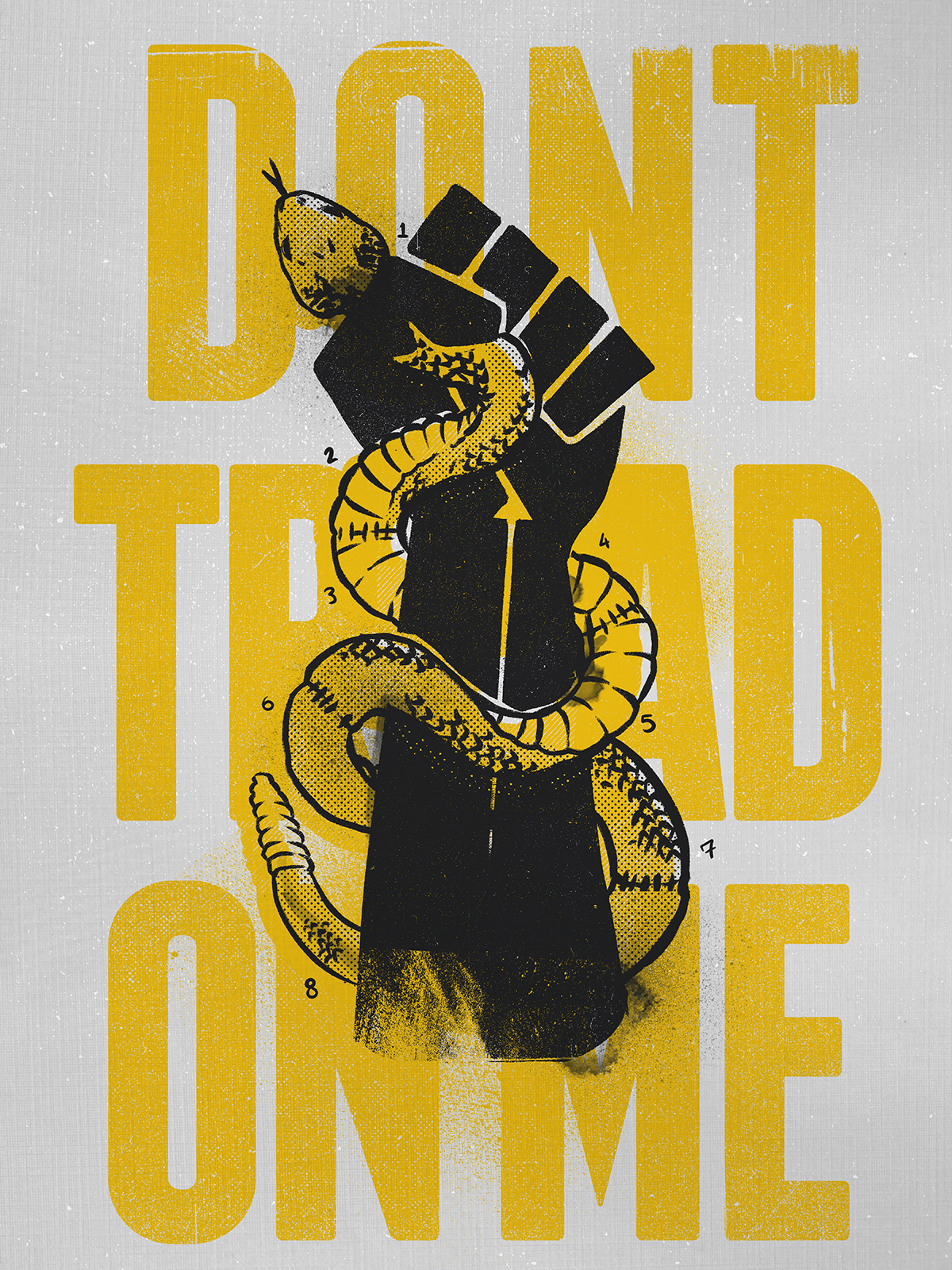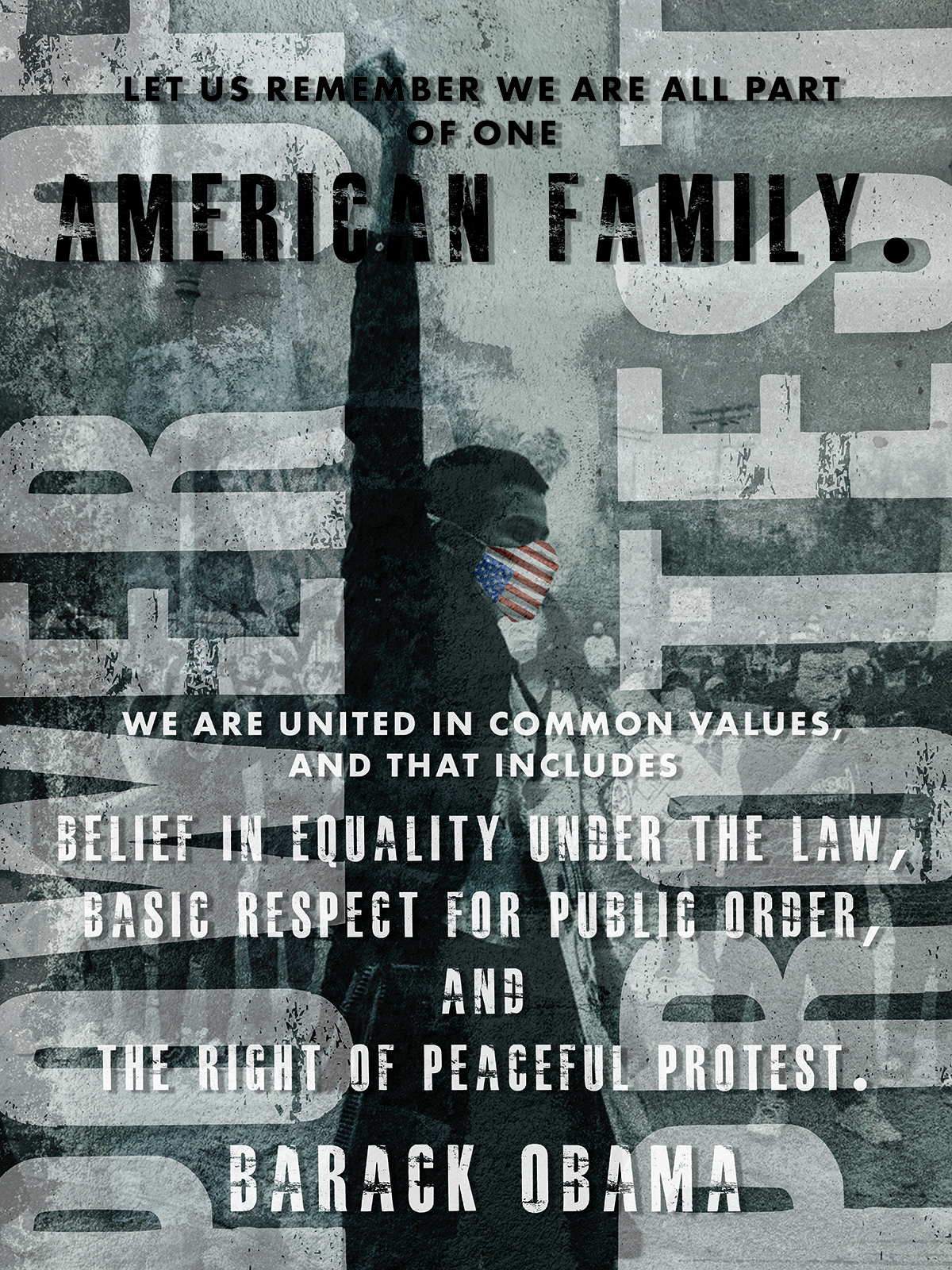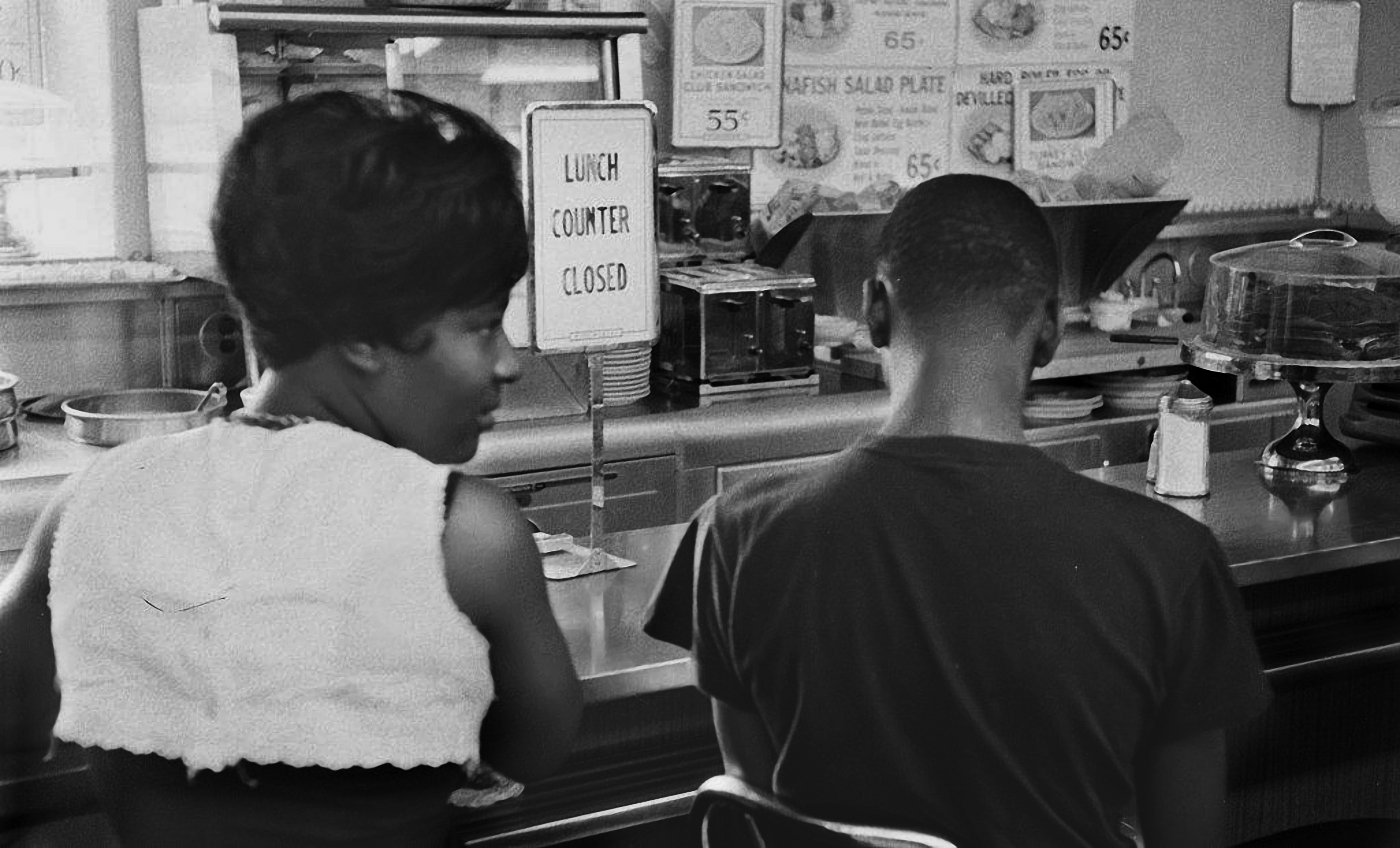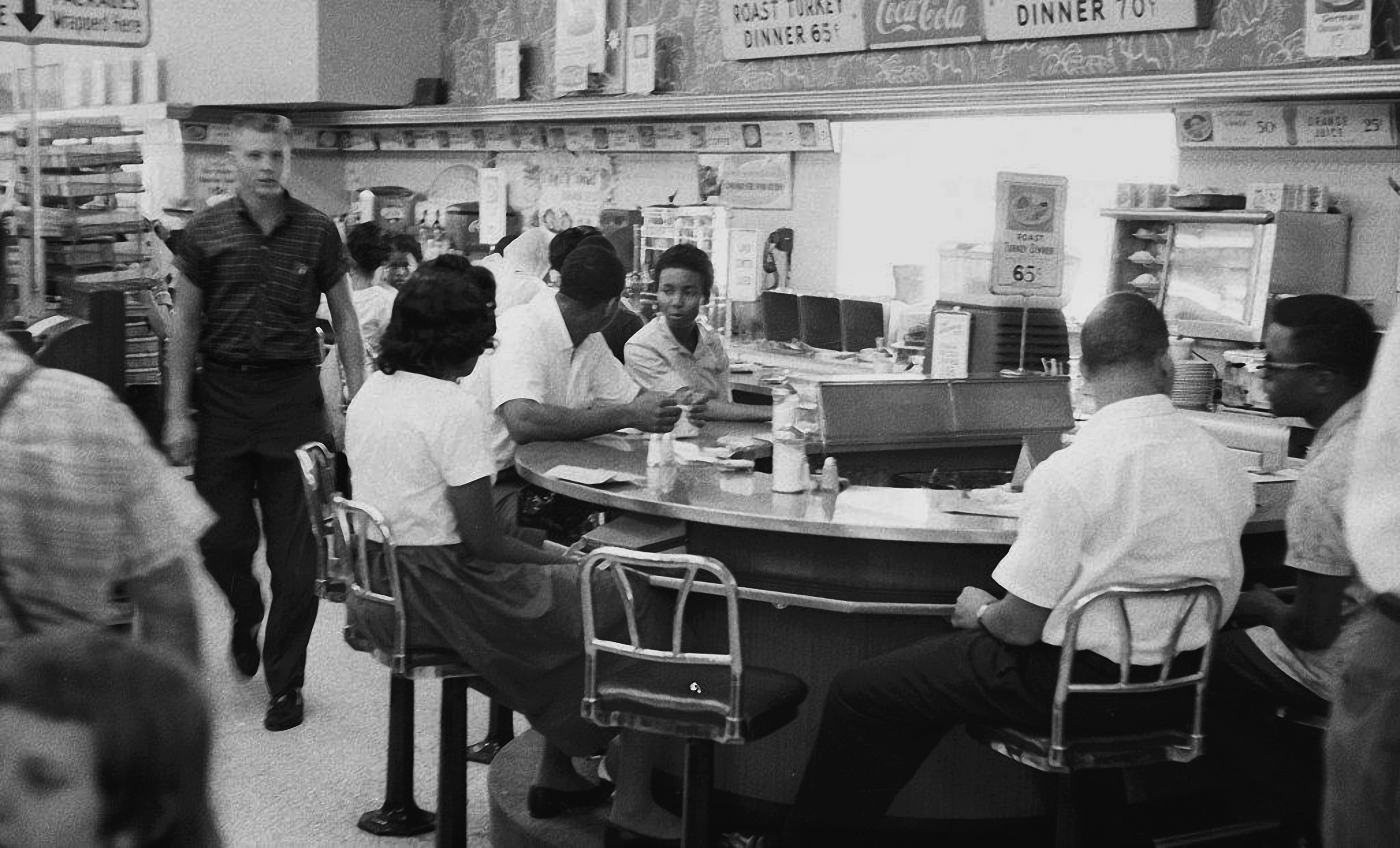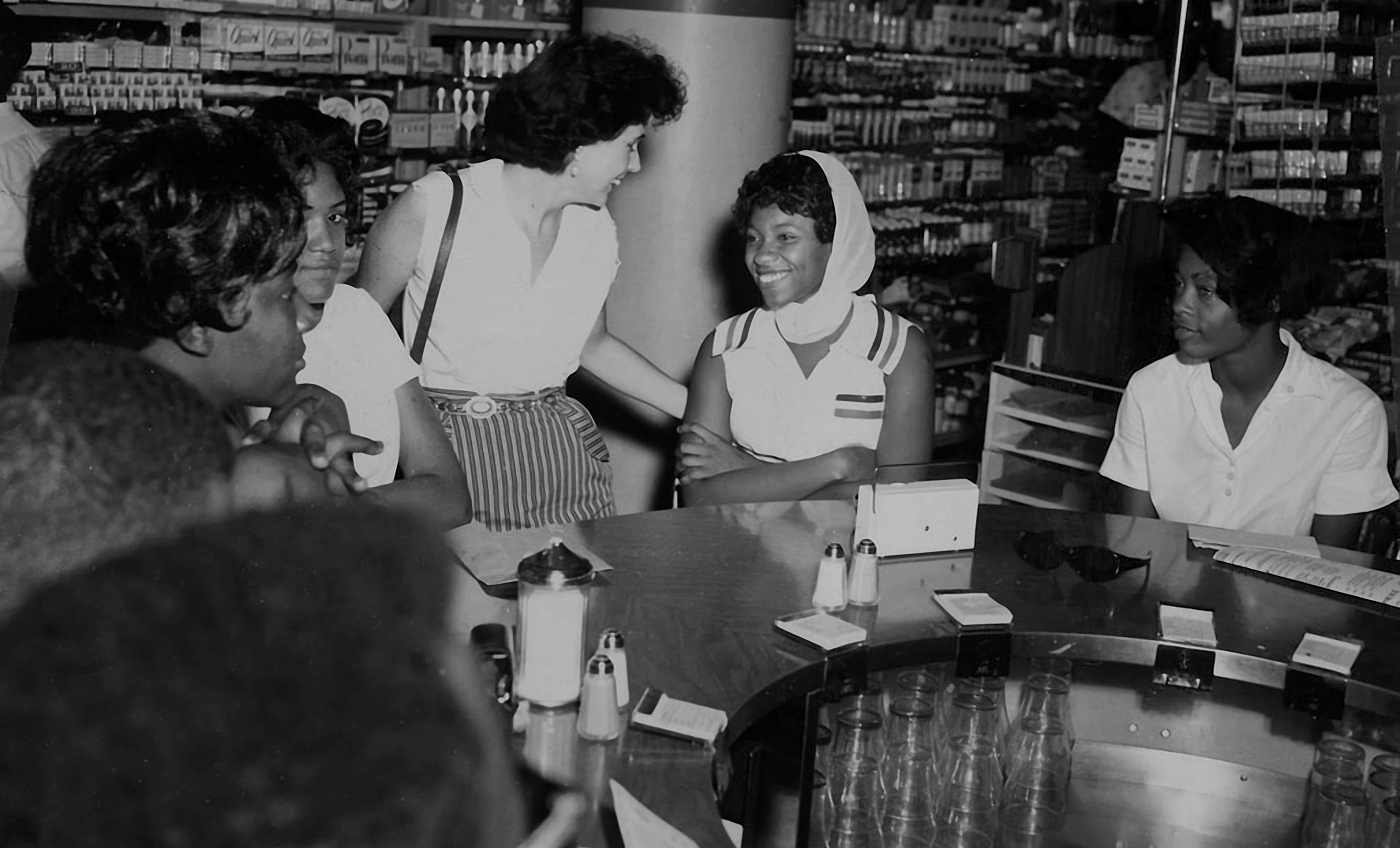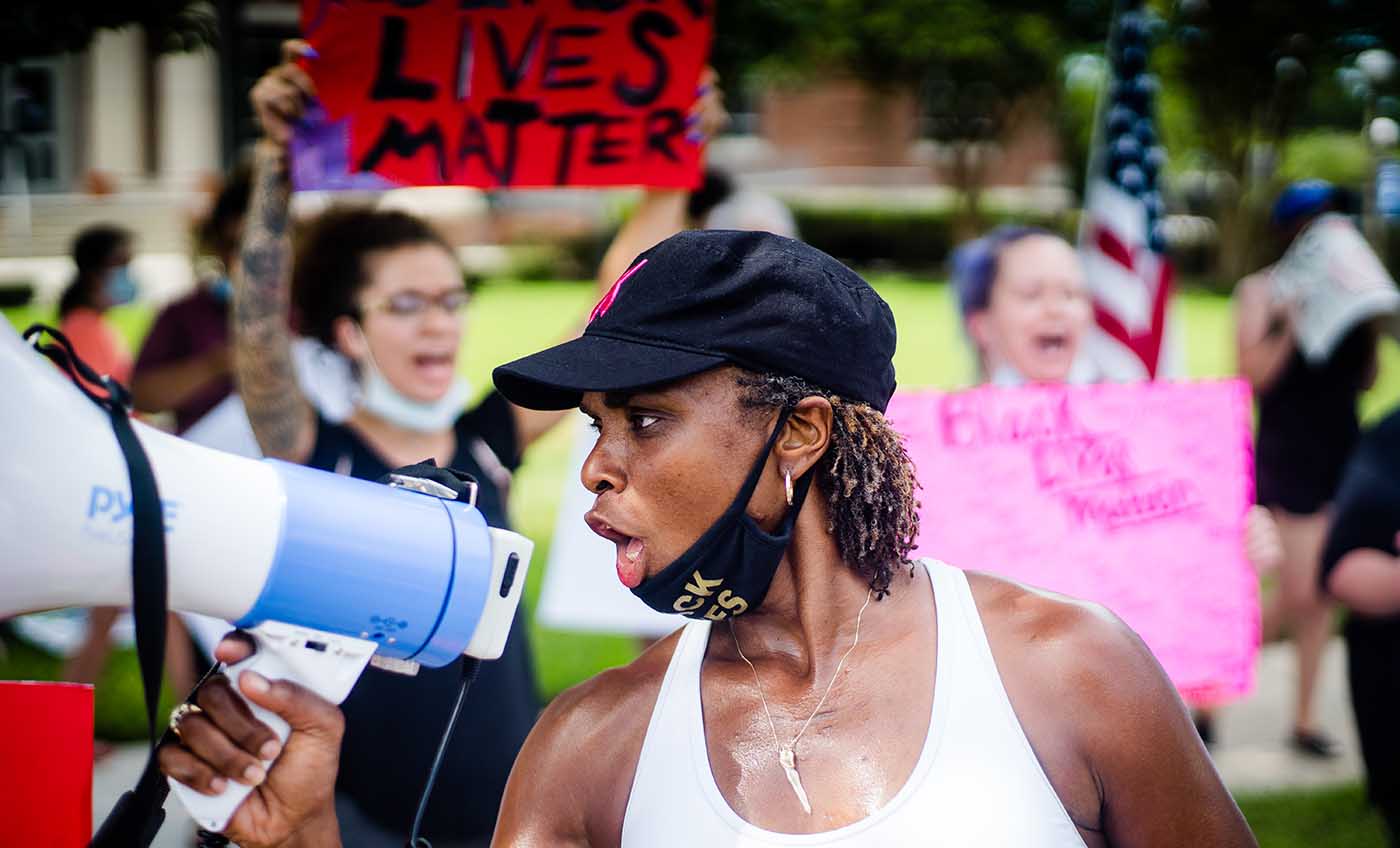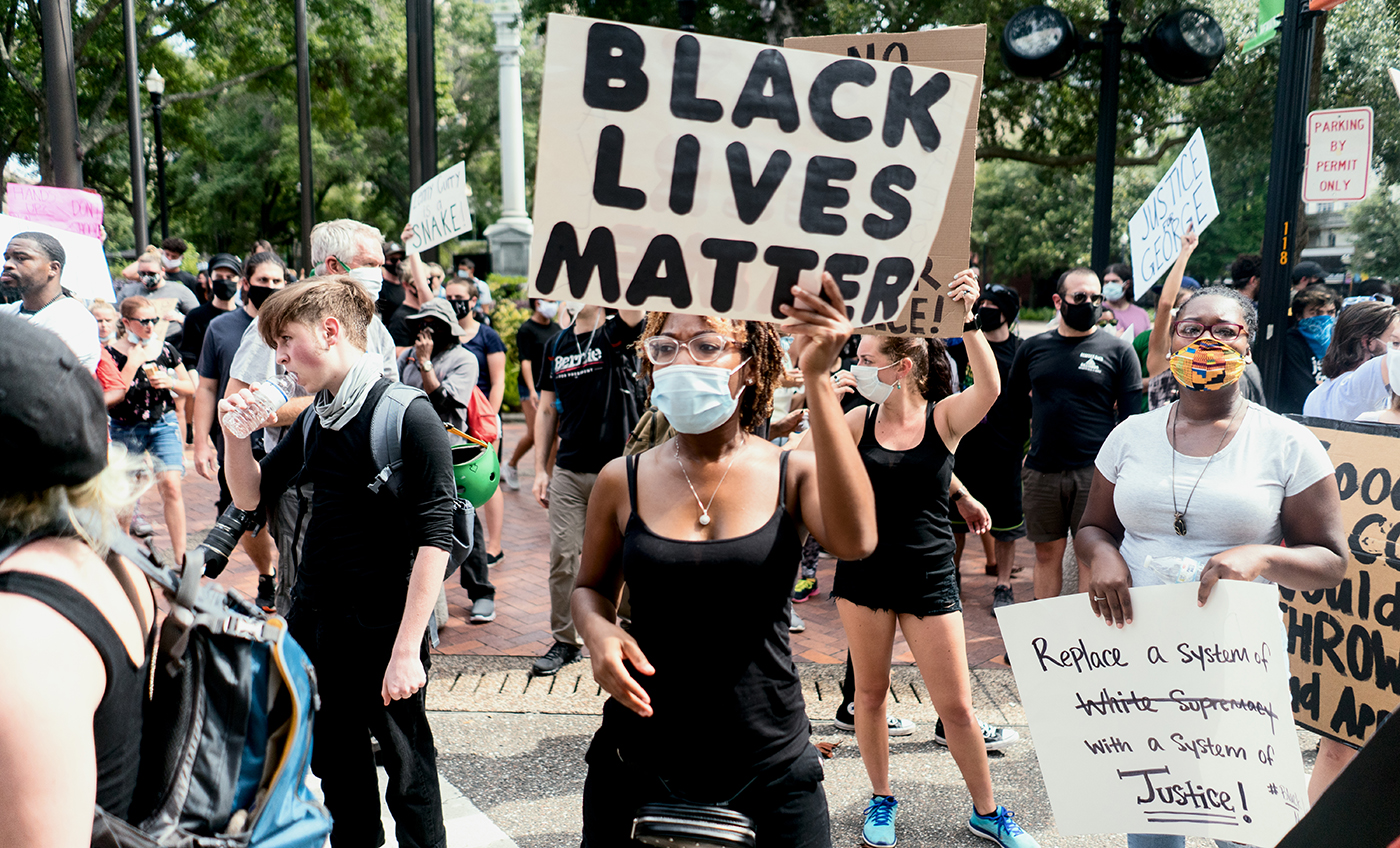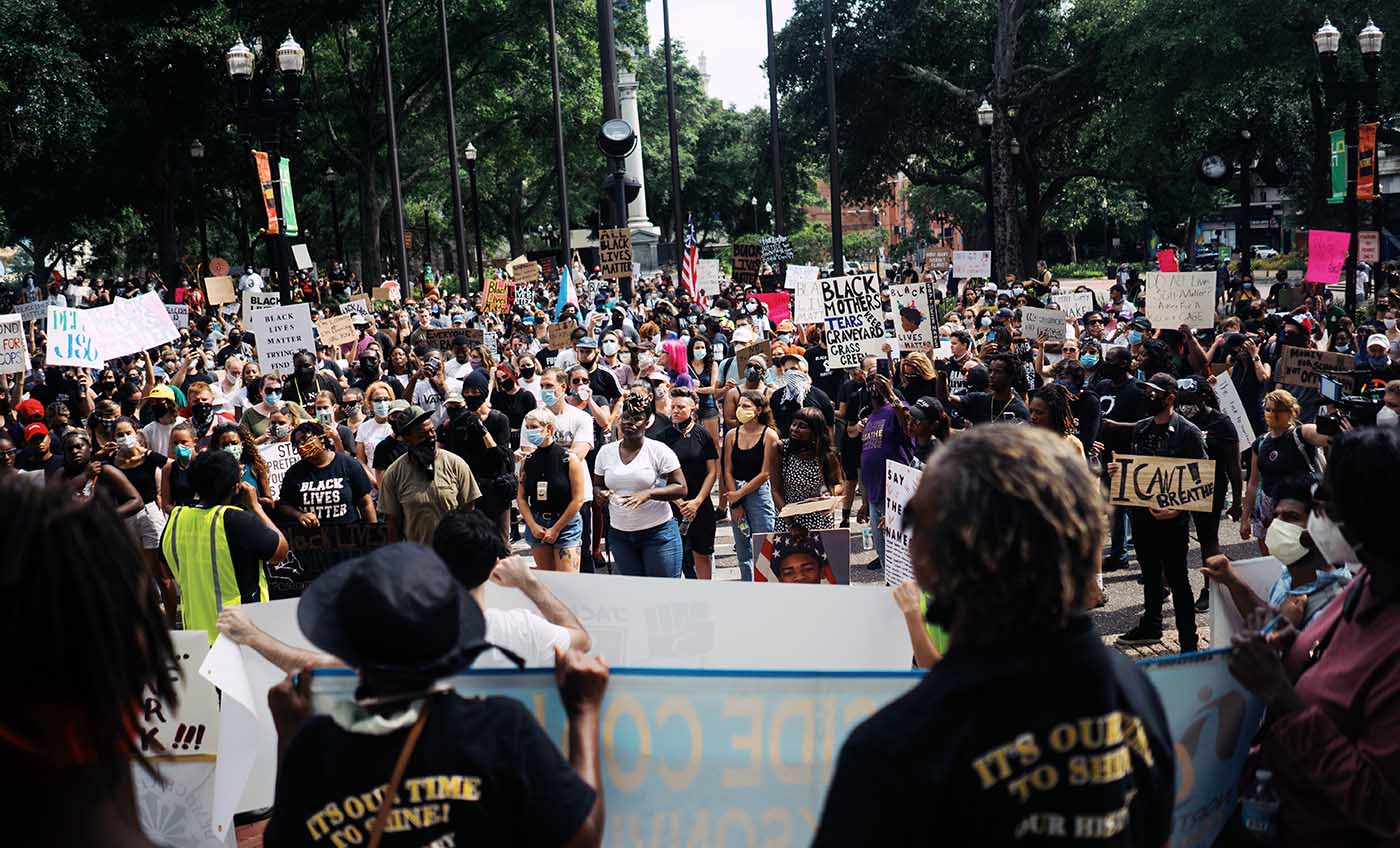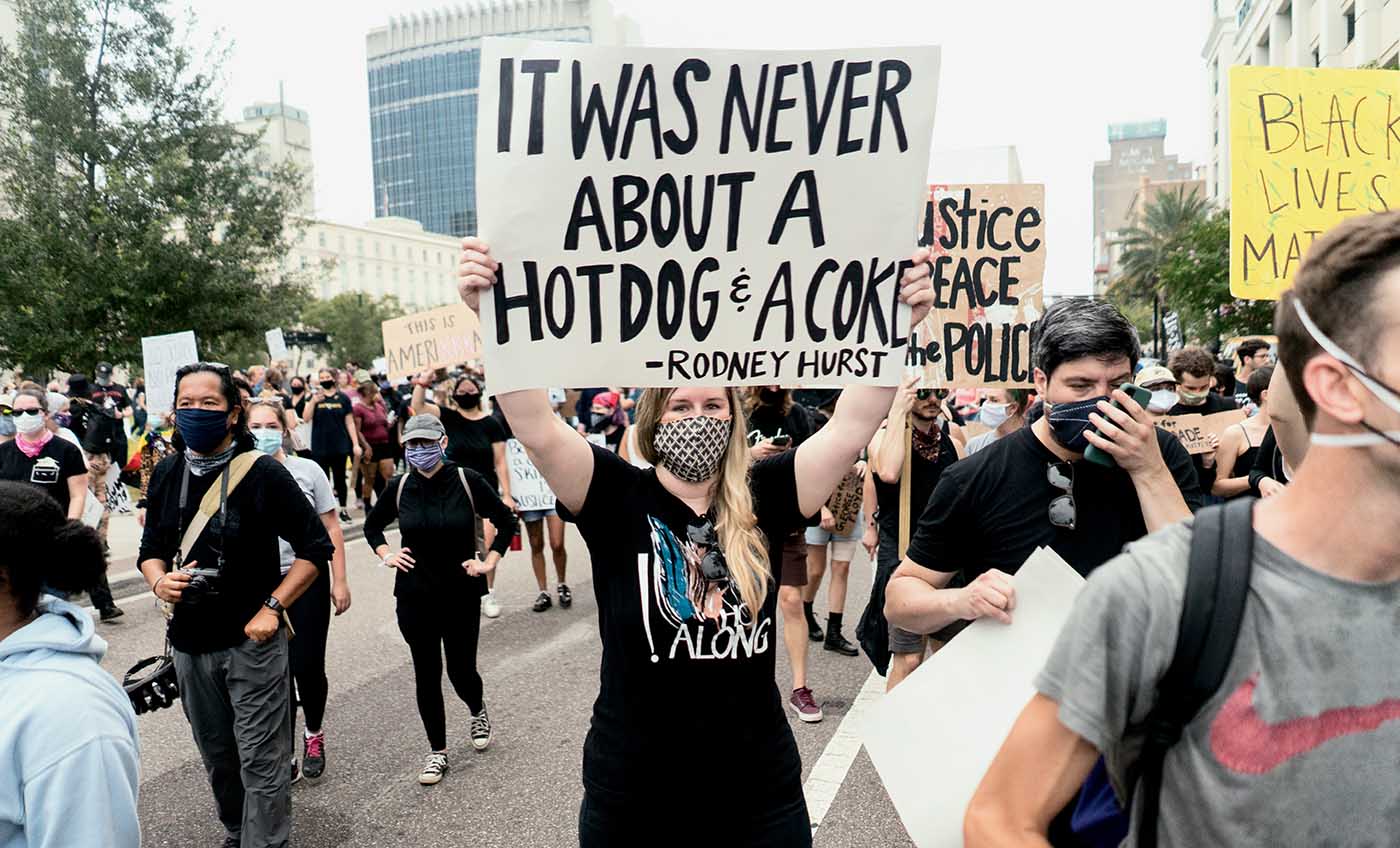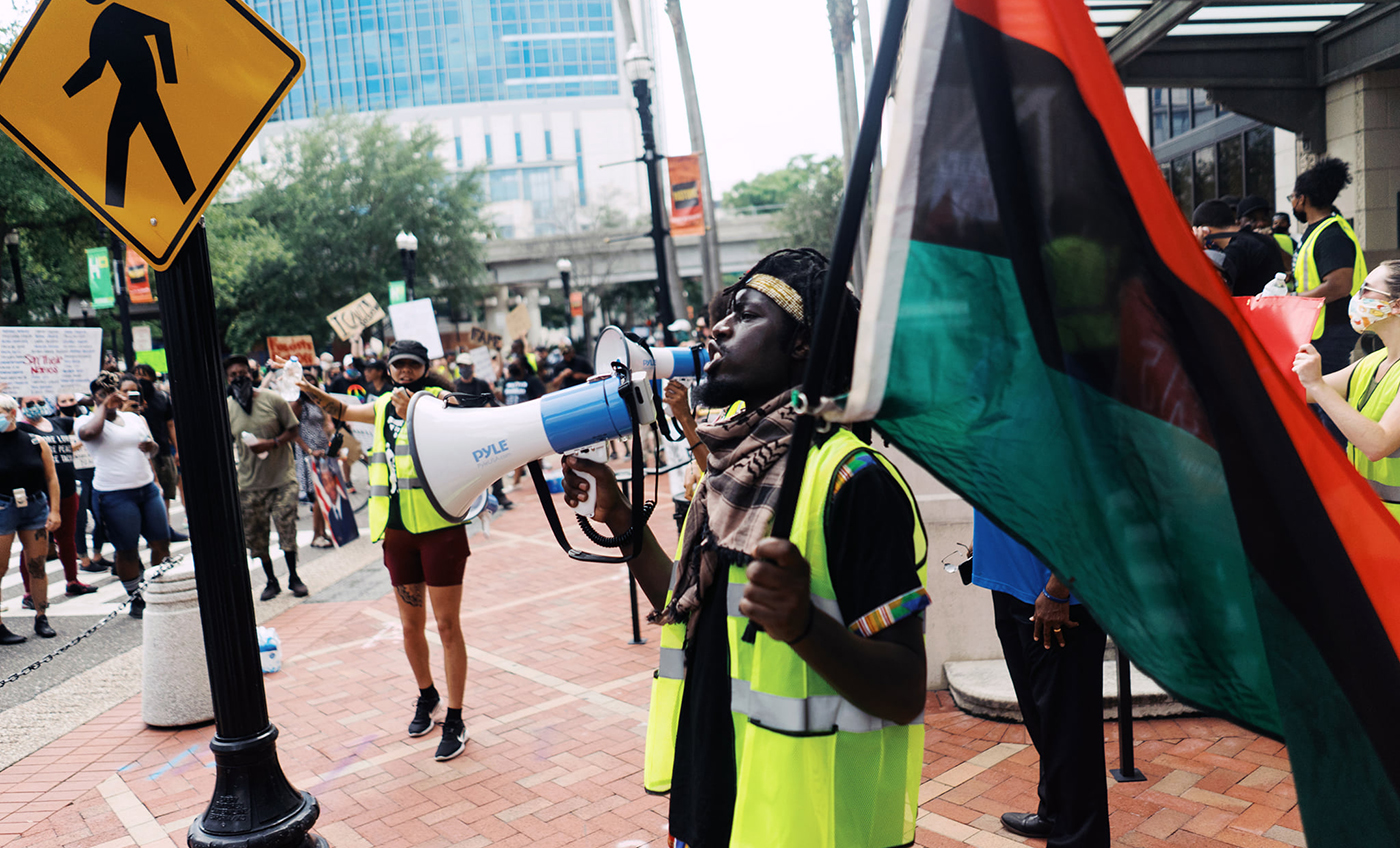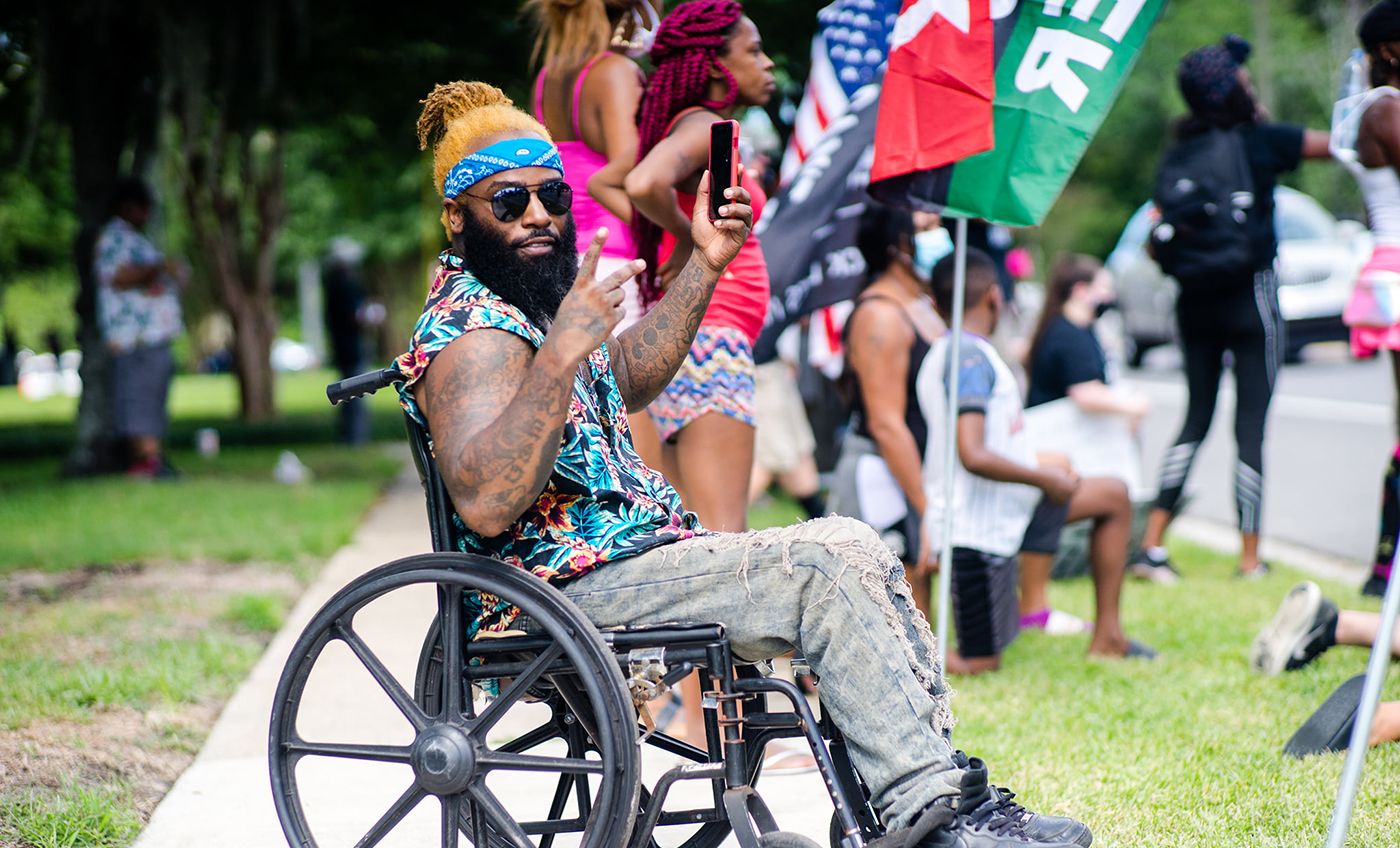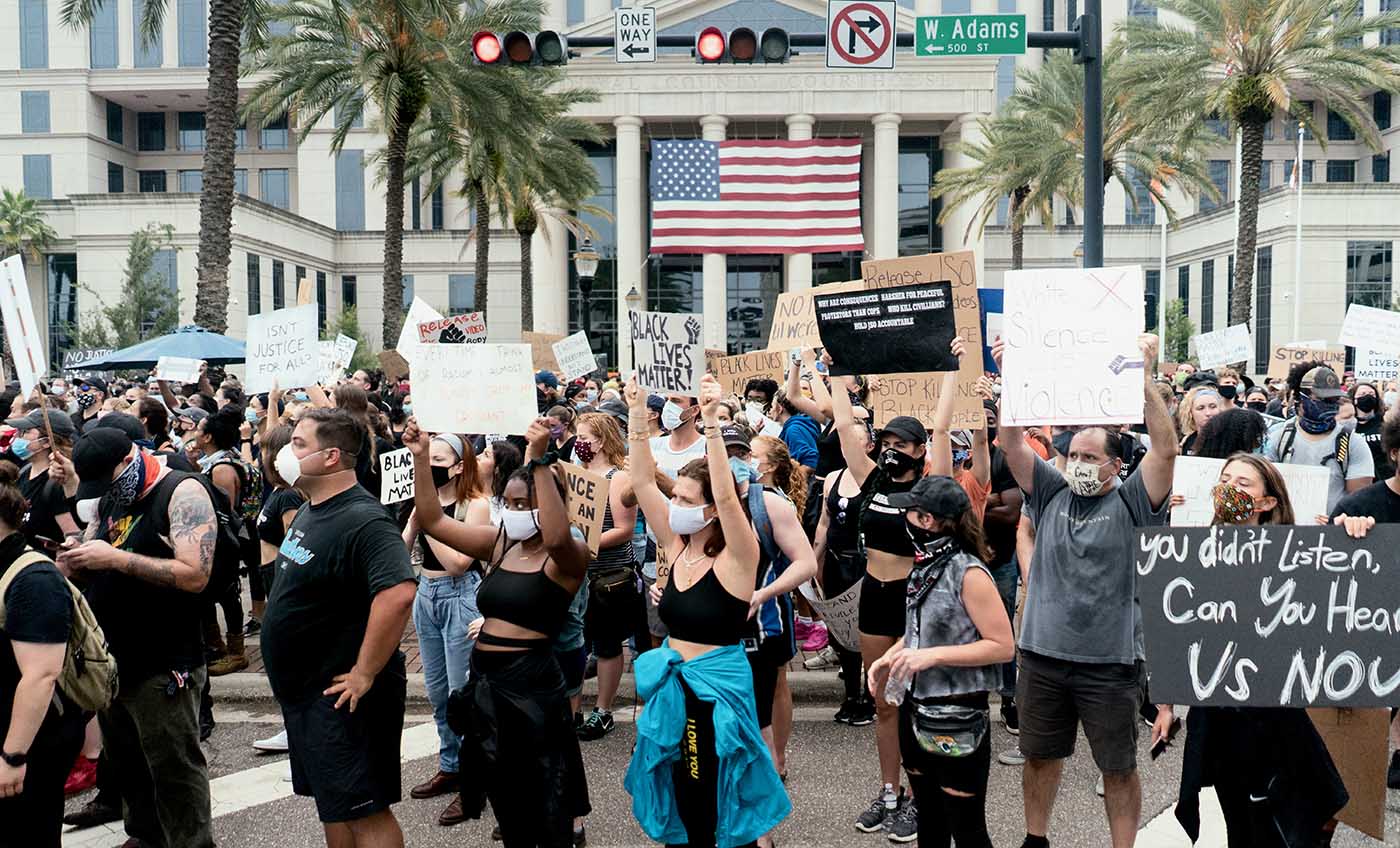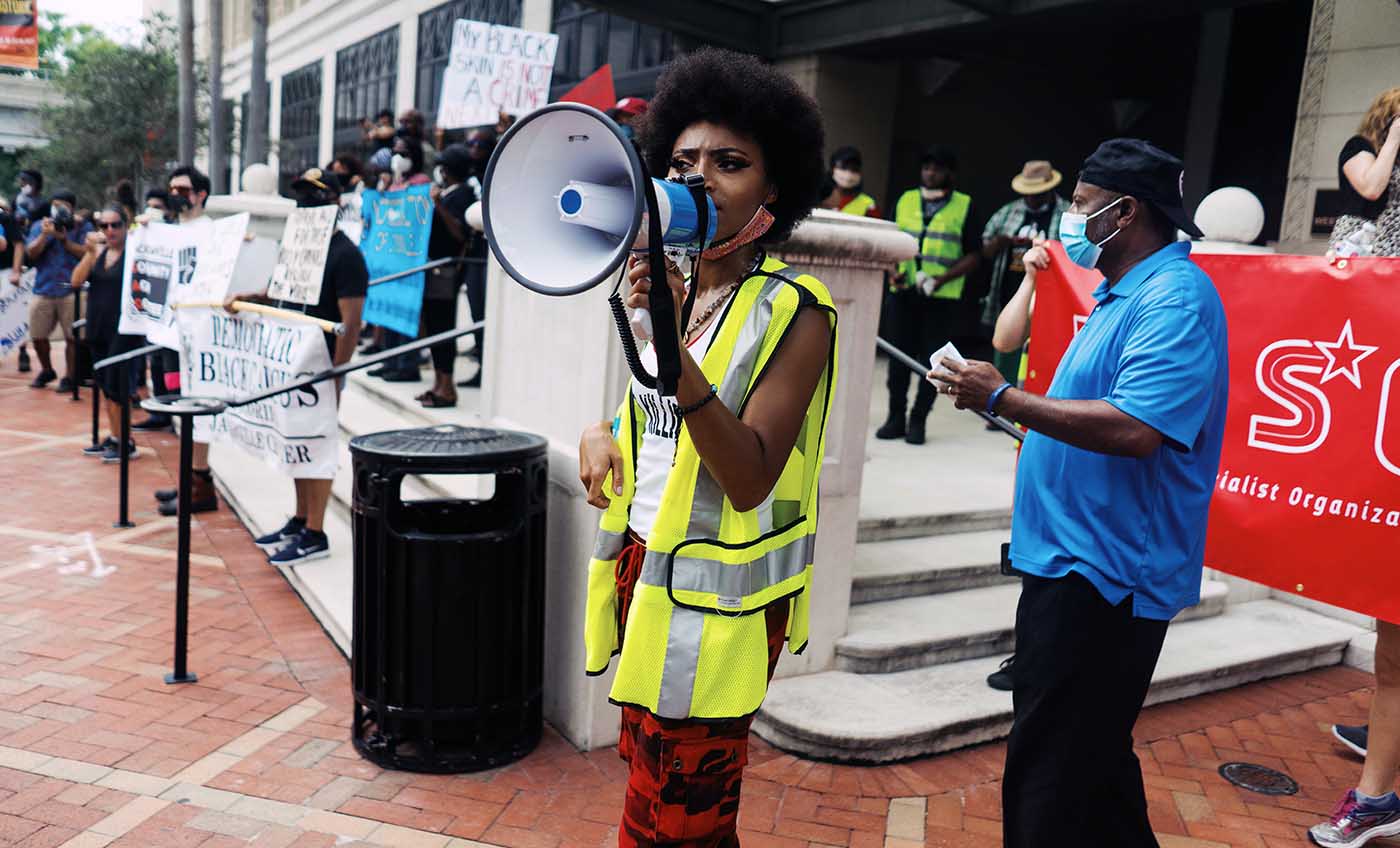POWER OF PROTEST
The sit-in demonstrations in Jacksonville began on August 13, 1960 and were part of a movement that started in February of that year in Greensboro, NC. Protest, in all its forms, was and still is, a way to shine a light on issues deemed important to a community, while making demands of those setting policy and implementing practices to change. During the Civil Rights Movement, there were many ways to demonstrate, most often led by ordinary people who were ready to see real equity in everything: housing, education, healthcare, public accommodations, transportation, economic opportunity, and other basic human rights. From bus boycotts to marches and from workers’ strikes to sit-ins, each act of resistance created space for people to express frustration, offer up alternatives, and sometimes simply shut down the systems that discriminated against people based on the color of their skin.
The movement in Jacksonville, as in so many other cities, was led by young people, which we see reflected in the Black Lives Matter protests of today. In almost every corner of this country, millions of people have been exercising their right to peaceful protest and assembly, demanding a stop to police brutality, unresponsive and harmful leadership in every layer of government, removal of racist monuments, workers’ rights, access to healthcare and education, and environmental justice…all collective in Black and Brown communities. In Northeast Florida, the protest movement in the Spring and Summer of 2020 has seen unprecedented numbers of people take to the streets, creating a direct thread of connection to the sit-ins that occurred 60 years ago.
In the voice of Rodney L. Hurst Sr., from his book, It was never about a hot dog and a Coke®!
THEN
“We arrived at Woolworth a little after 11 a.m., well aware of what we were preparing to do. I called that morning the ‘beginning of a mission.’ Understanding that ‘freedom is not free,’ we had to step up to the plate; we had to stand up and be counted; we had to let everyone know what we were made of – all the clichés applied. We were not attending an after-school dance or a sock hop. Our mission was simple and serious.”
– Rodney L. Hurst Sr.
NOW
